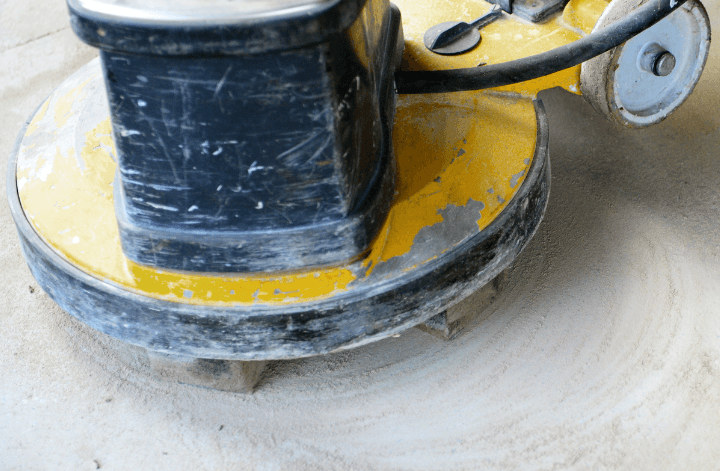Polishing compounds and tools are integral components of any detailing, refurbishing, or restoration project. They assist in providing the required finish and shine to an array of surfaces, be it metal, wood, or plastic. While the essential process of polishing remains the same, the variety of compounds and tools available in the market is quite extensive. To choose the correct one, it is crucial to understand their differences and uses. In this blog post, we delve into the fascinating world of polishing compounds and tools.
Polishing Compounds
Polishing compounds can be categorized based on abrasiveness and the materials they are designed to polish.
- Abrasive Levels
- High-Cut Compounds: These compounds are quite abrasive and are best for heavily oxidized or scratched surfaces. They are used in the first stages of a multi-step polishing process to remove deep imperfections.
- Medium-Cut Compounds: Medium-cut compounds strike a balance between cutting and finishing. They are ideal for surfaces with light to moderate scratches and oxidation.
- Finishing Compounds: Also known as low-cut or ultra-fine compounds, these are used in the final stages of polishing to bring out a high-gloss finish. They don’t remove scratches or defects but are excellent for removing hazing left by more abrasive compounds.
- Material-Specific Compounds
- Metal Polishing Compounds: These are specially designed to handle metals such as steel, brass, copper, and aluminum. They can remove oxidation, stains, and scratches from metal surfaces.
- Plastic Polishing Compounds: Plastic compounds are formulated to remove light scratches, dirt, and oxidation from plastic surfaces without causing further damage.
- Paint Polishing Compounds: These compounds are used on painted surfaces, particularly on automobiles, to restore the paint’s original shine and luster.
Polishing Tools
- Rotary Polishers: Rotary polishers, also known as circular polishers, spin on a central axis. They are powerful tools ideal for professional use and require some experience to handle due to their high speed.
- Dual Action (DA) Polishers: DA polishers, also known as orbital polishers, move in two directions simultaneously: they spin and oscillate. This reduces the risk of damaging the surface and makes them suitable for beginners and DIY enthusiasts.
- Sanders: Sanders can also be used for polishing when combined with the right compound and pad. They are great for flat surfaces but should be used with care to avoid creating uneven surfaces.
- Polishing Pads: These come in a variety of materials such as wool, microfiber, and foam. Each has different levels of aggressiveness. Wool pads are the most aggressive, used for heavy correction. Microfiber pads are versatile and can be used for cutting, polishing, and finishing. Foam pads come in various colors, each representing a different level of firmness and purpose.

The right polishing compound and tool combination can significantly enhance the outcome of your polishing project. It’s crucial to remember that each surface is unique and requires different care and products. Therefore, understanding the vast array of compounds and tools available is the first step towards achieving your desired results.
Remember to always test on a small, inconspicuous area first to ensure that your choice of compound and tool is appropriate for the surface you’re working with. Happy polishing!
